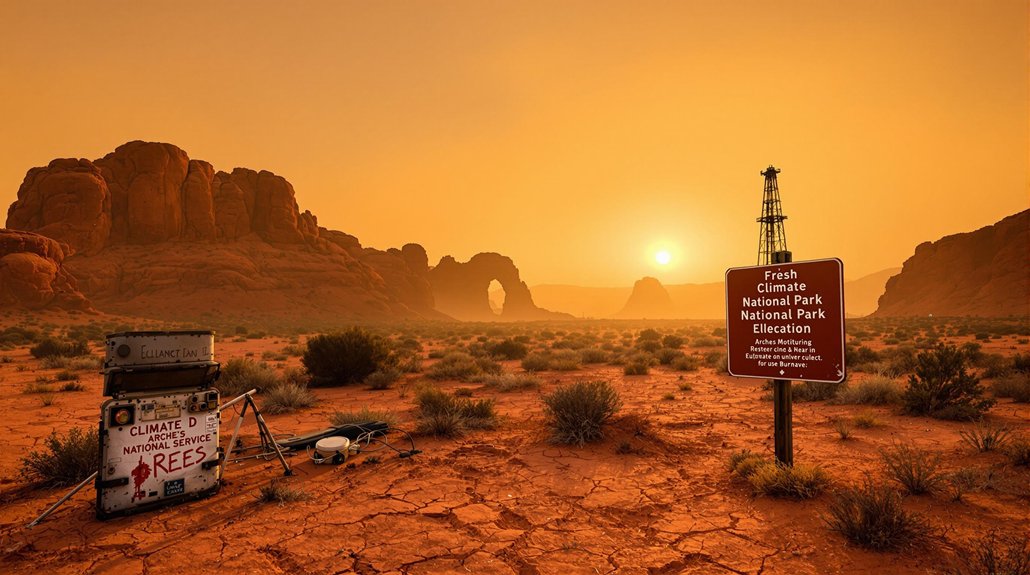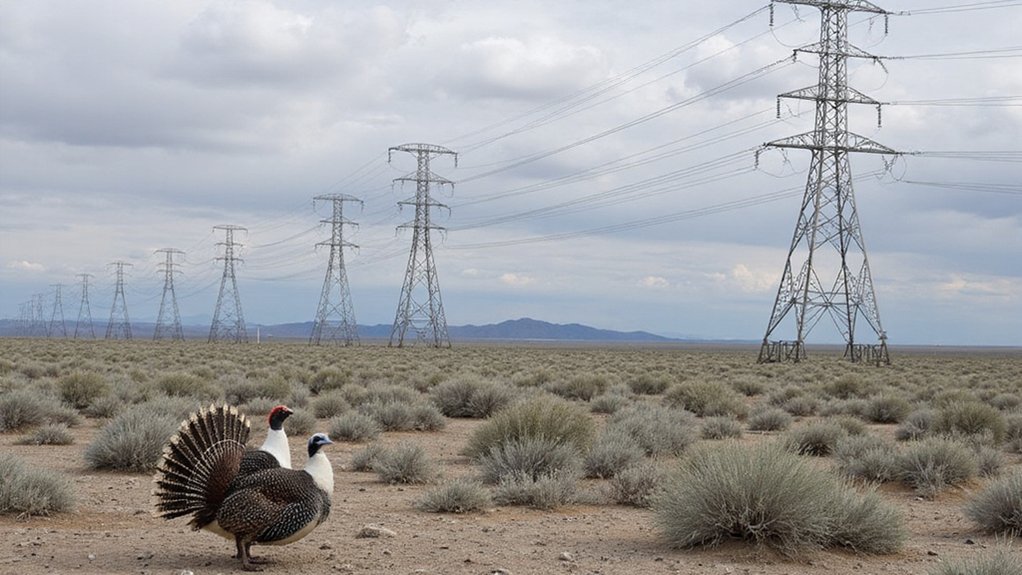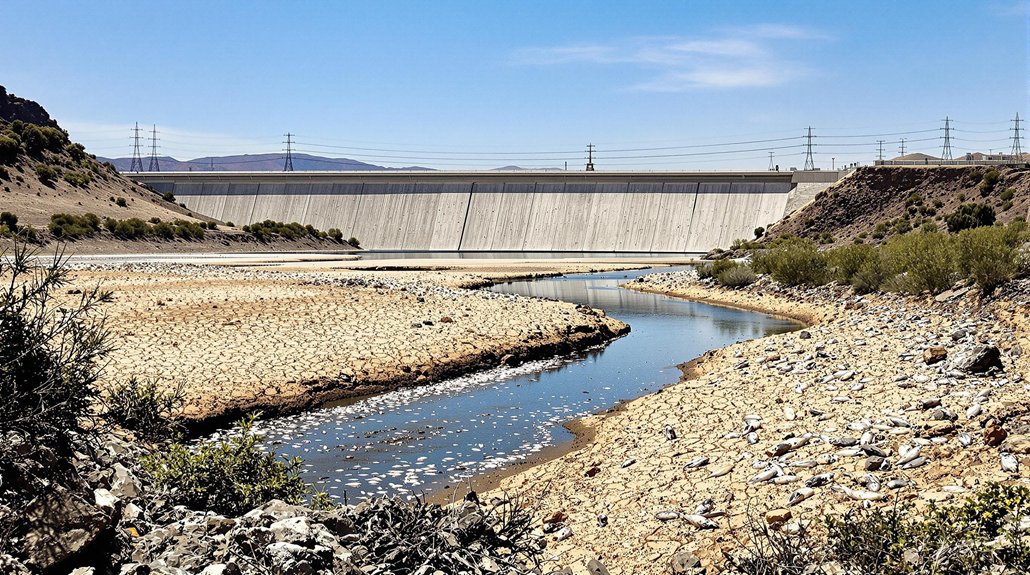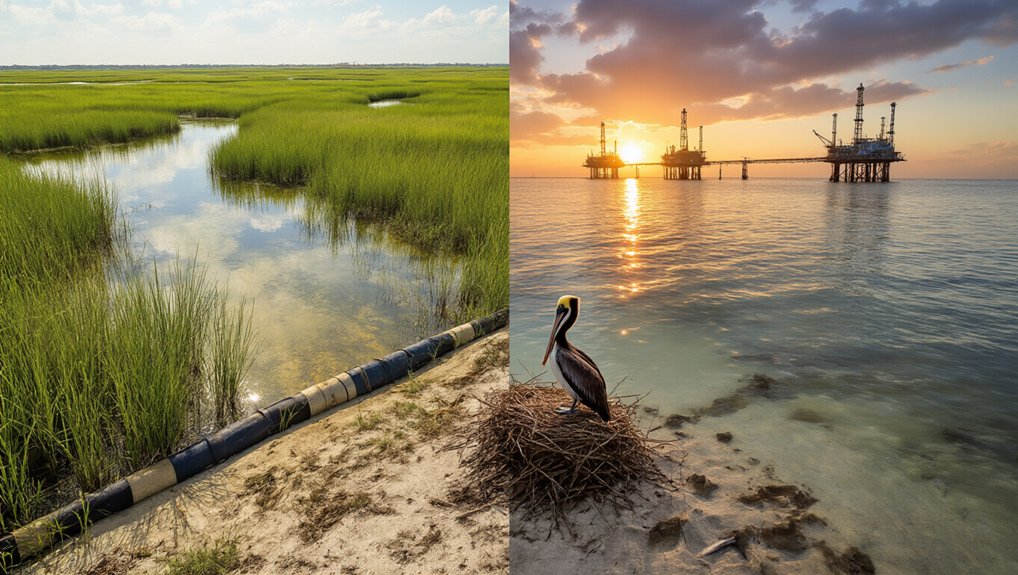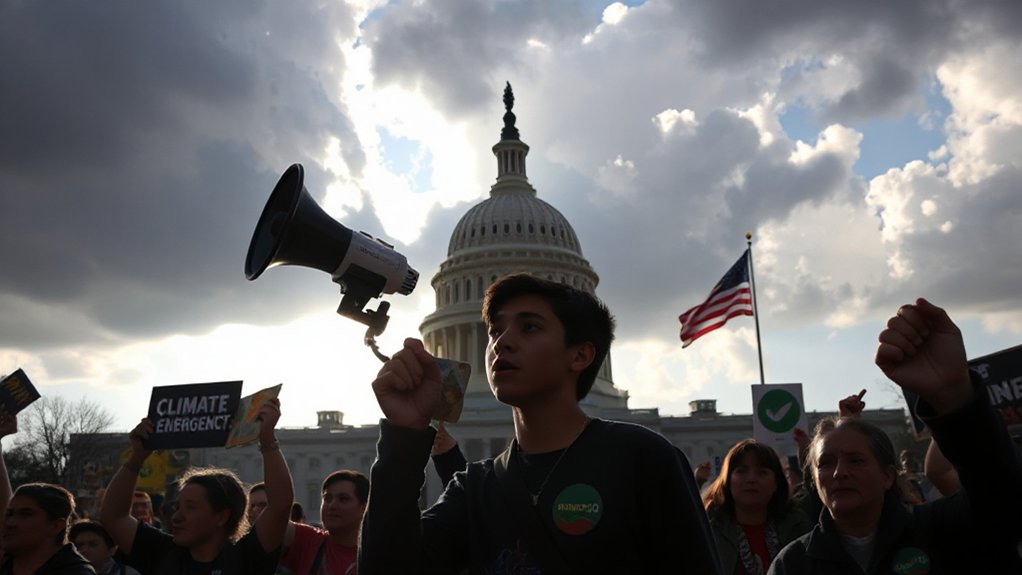During the Trump administration, national park protectors faced unprecedented challenges. Park rangers and environmental scientists saw their work undermined as climate offices were disbanded and fossil fuel lobbyists gained influence in key positions. Funding cuts hit conservation efforts hard, while regulations meant to protect natural resources were weakened or eliminated. Many dedicated park employees found themselves caught between their mission to preserve America’s natural treasures and an administration openly hostile to climate science. What happens next could determine the future of these beloved lands.
As President Trump returned to the White House, he wasted no time dismantling climate policies put in place by the Biden administration. On his first day back in office, he signed the “Unleashing American Energy” executive order, which disbanded the Interagency Working Group on Social Cost of Greenhouse Gases. This move eliminated a key tool used to calculate climate impacts in regulatory decisions.
Trump’s administration quickly moved to weaken environmental regulations across federal agencies. He instructed officials to rewrite rules that limited oversight of industry practices. The EPA saw fossil fuel lobbyists appointed to senior positions, while existing protections for oil and gas exploration were scrapped. Many rules were reframed as obstacles to economic growth rather than necessary safeguards.
Climate-focused institutions faced targeted attacks under the renewed Trump presidency. The Department of Health and Human Services Climate Office was closed. Senior staff working on climate issues at the EPA and FEMA faced demotions or dismissals. This pattern of staff removals was consistent with his previous administration’s approach to climate expertise. Research grants related to global warming were quarantined at the National Oceanic and Atmospheric Administration. Trump also revoked Biden’s memorandum on scientific integrity, impacting how agencies handle scientific conclusions.
Trump’s administration ruthlessly dismantled climate work across agencies, shuttering offices and sidelining experts dedicated to environmental protection.
Renewable energy initiatives suffered significant setbacks. Permits for wind farms were canceled or delayed, and Trump reinstated restrictions on wind energy leasing in the Outer Continental Shelf. His administration prioritized fossil fuel development while criticizing renewable energy as costly and inefficient.
The silencing of climate science became apparent as references to climate change disappeared from federal websites. Words associated with climate justice and diversity were flagged in official research. These language policies created a chilling effect on climate scientists throughout government agencies.
Trump’s actions haven’t just affected domestic policy. His withdrawal from the Paris Accord during his first term discouraged global consensus on climate action. Environmental experts worry that without U.S. leadership, other nations might abandon their climate commitments.
As Trump continues to roll back protections, the future of America’s climate policy remains uncertain, with ripple effects felt around the world.
